Contact Sheet:

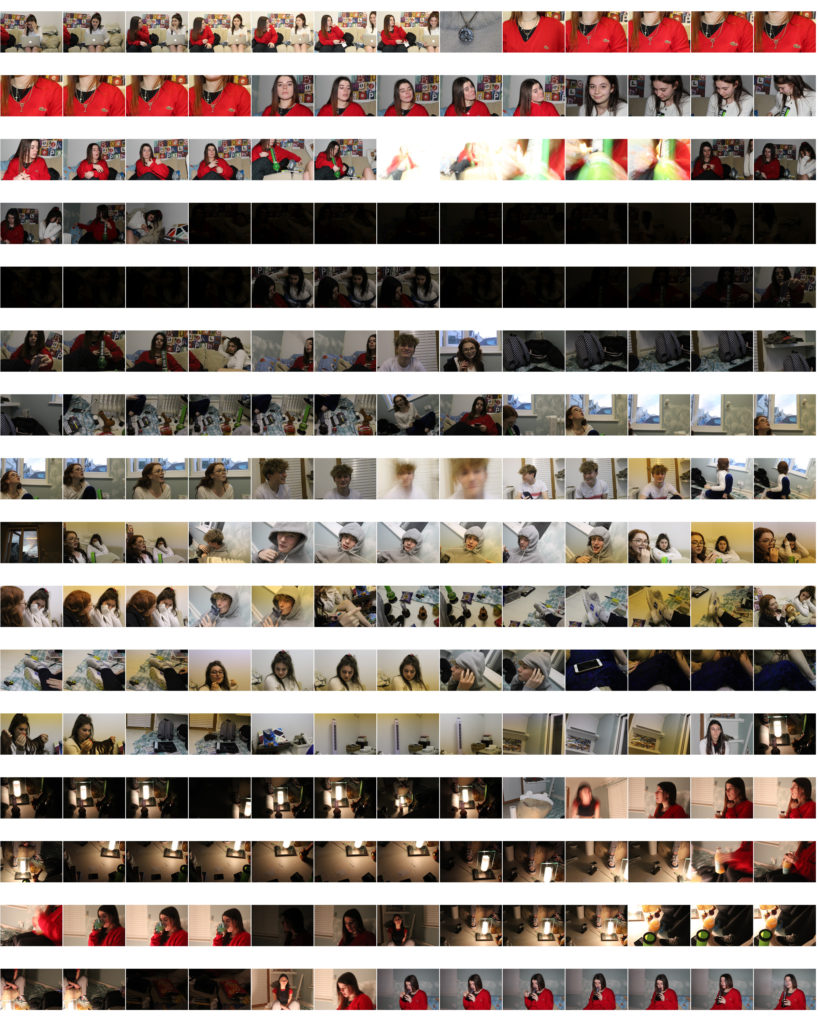

Contact Sheet:



After doing some research into the legends and the myths of fairies in Jersey I set out on my photoshoot to some of the dolmens in the north of the island for this photoshoot. I went on a clear sky day around mid afternoon to catch the natural lighting at the high point of the island. Using three models I created images based around the ideas of the fairies protecting the natural land, using props and angles to generate a desired effect. I also took out with me a disposable camera to take some of my photographs on to generate a different style and effect in my work which will mean I have physical first unedited prints of some of my photographs.
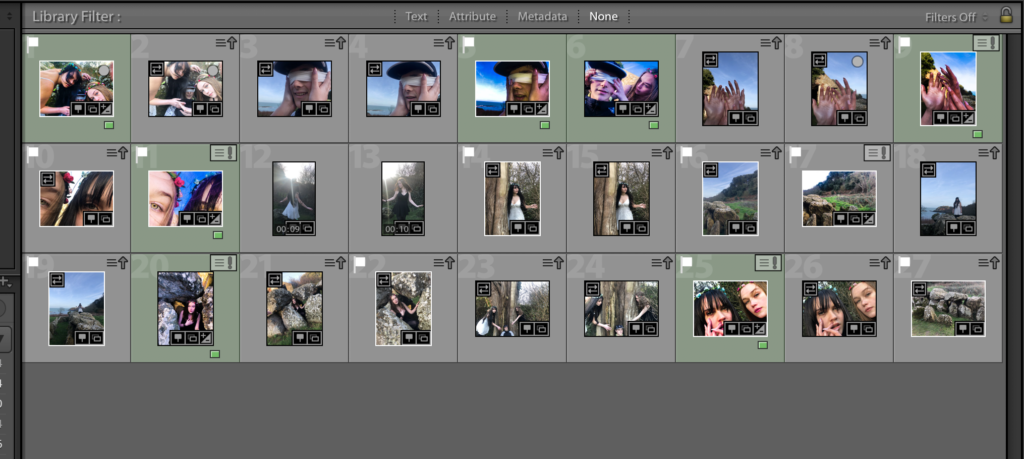
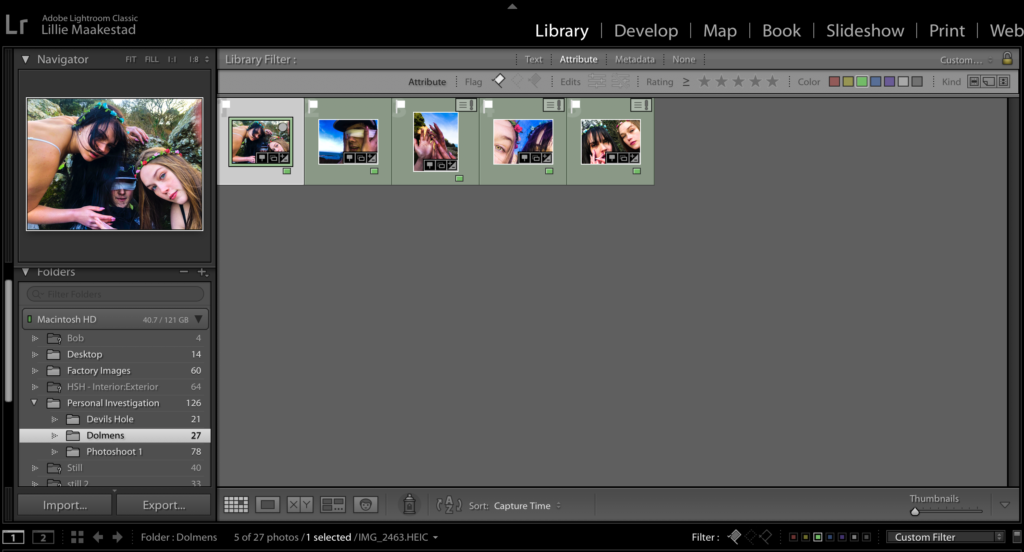
After going out on the shoot I uploaded all of my photographs into Lightroom to narrow down the images that I would be using and experimenting with to hopefully generate some final outcomes. I began experimenting with colours and vibrancy in these images. My aim was to create a different effect compared to my previous shoots, with these photographs I was to create something hyperreal and mysterious, to create this I over-saturated and edited the colouring of the photographs to create theses vivid blues and pinks. To create and effect I had my male model in regular, modern clothing and my female models in more traditional fairy clothing; flower headbands, flowing skirts and dresses as well as taking the step to cover their hands in makeup highlighter to create a sparking shimmer effect when unclose in the photographs. I made the decisions to do this in order to create and overall outcome in my photographs of something that was linking the modern island with these mythical fairies and stories.
I feel that my photoshoot has been successful overall as I have been able to produce some successful photographs I will be experimenting with more into the future towards the final Photobook production, I feel that they juxtapose the photographs I have previously taken and this is something that I wanted to do and capture in this photoshoot.



Edits:
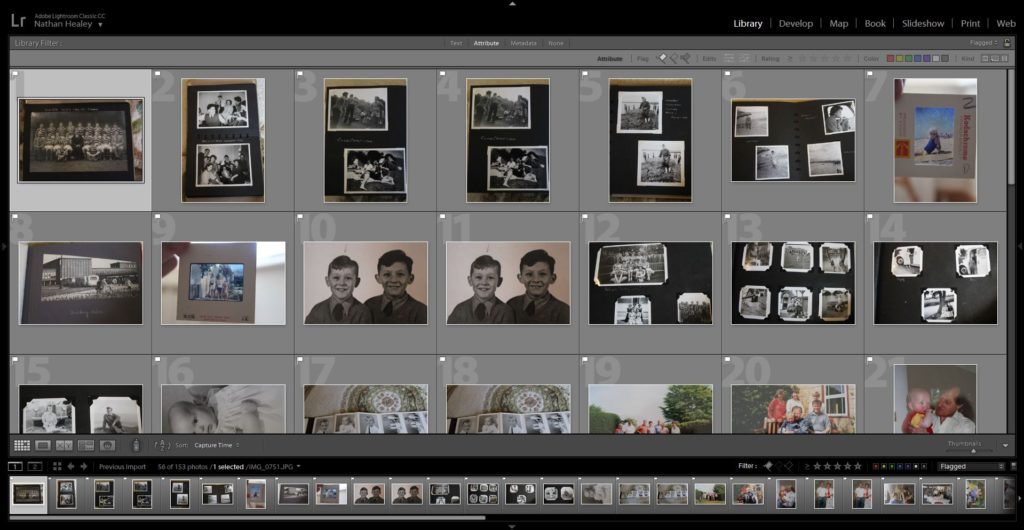
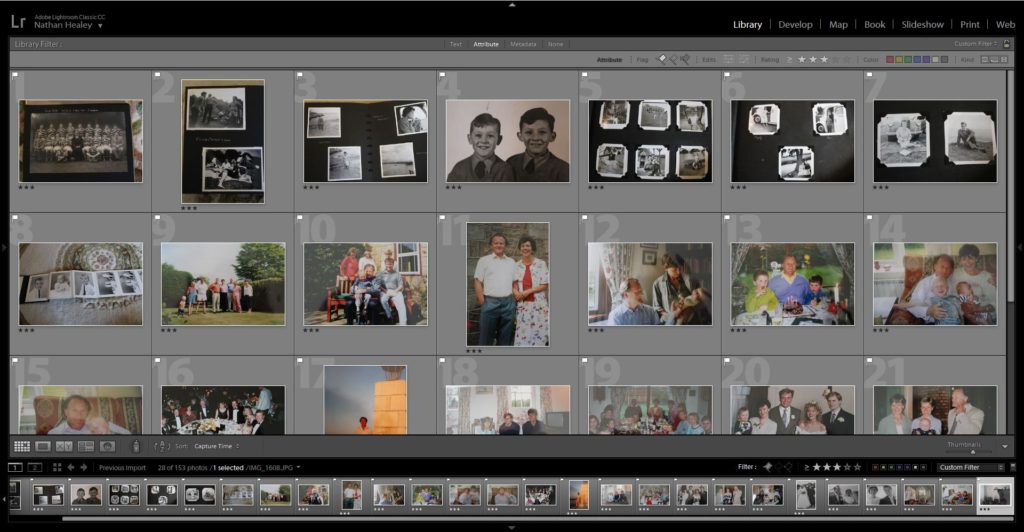
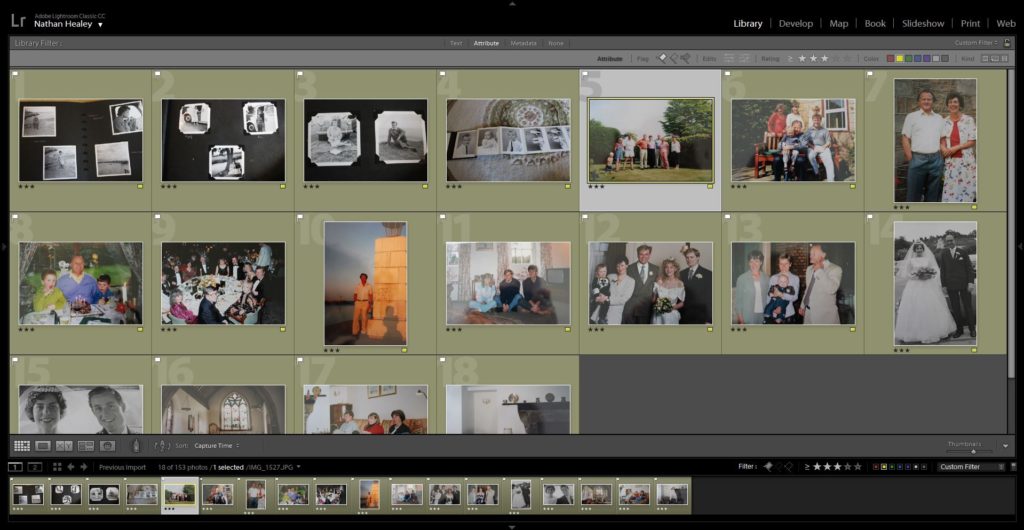
Final Outcomes:
As mentioned in my photo shoot planning post I discussed how I did not want to manipulate the imagery, to the extent to which it takes away from the authenticity. On light room I simply slightly adjusted the shadows, white, blacks, contrast and clarity sliders subtly. Doing this allowed for the image colour and to clearly be showcased. In further edits, I am going to look at using these archival to produce photomontages and or manipulate the photographs to help portray stronger conceptual meaning in order to showcase their lifestyle.
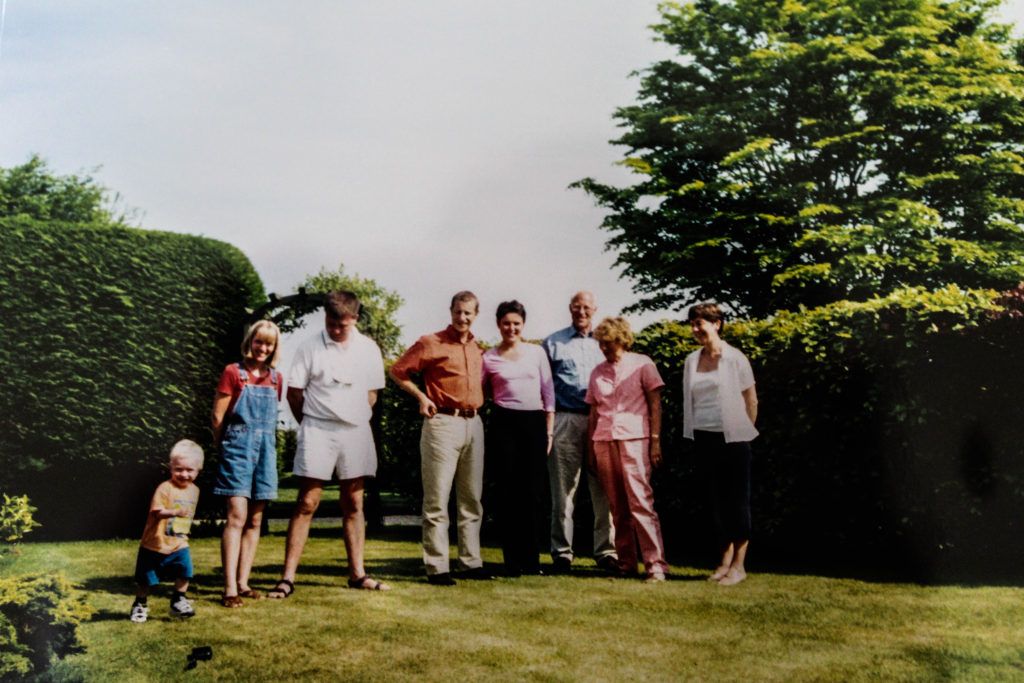

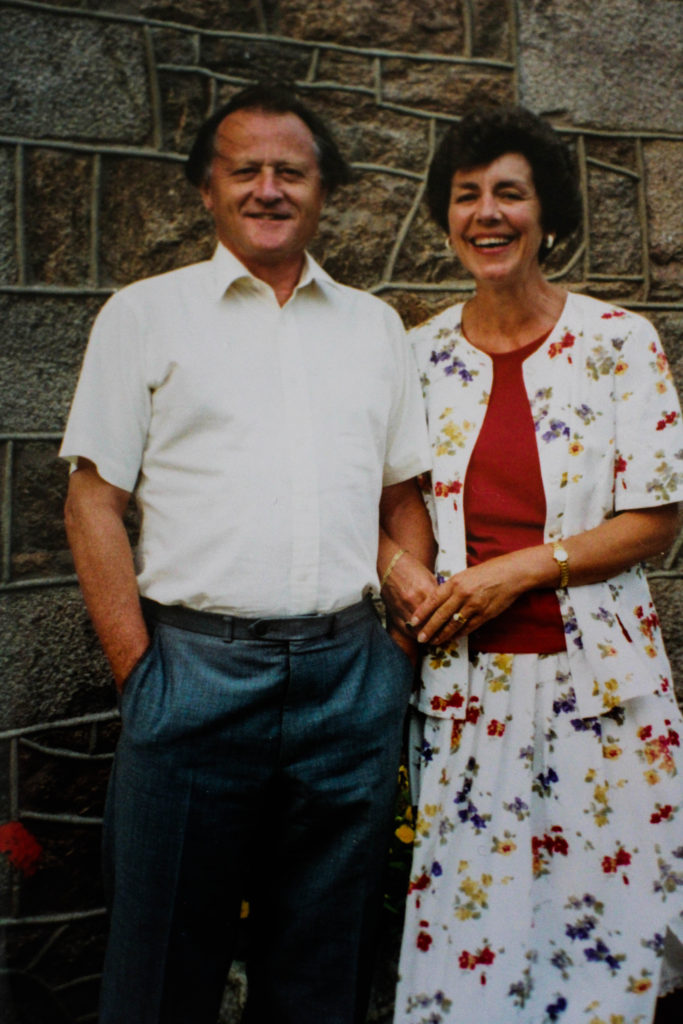
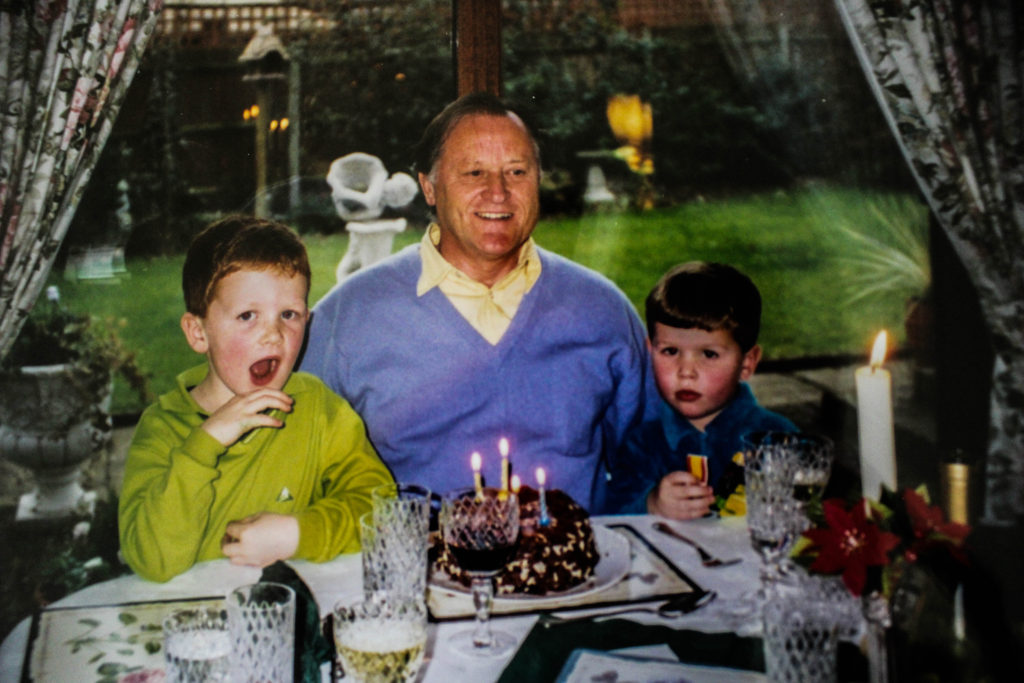
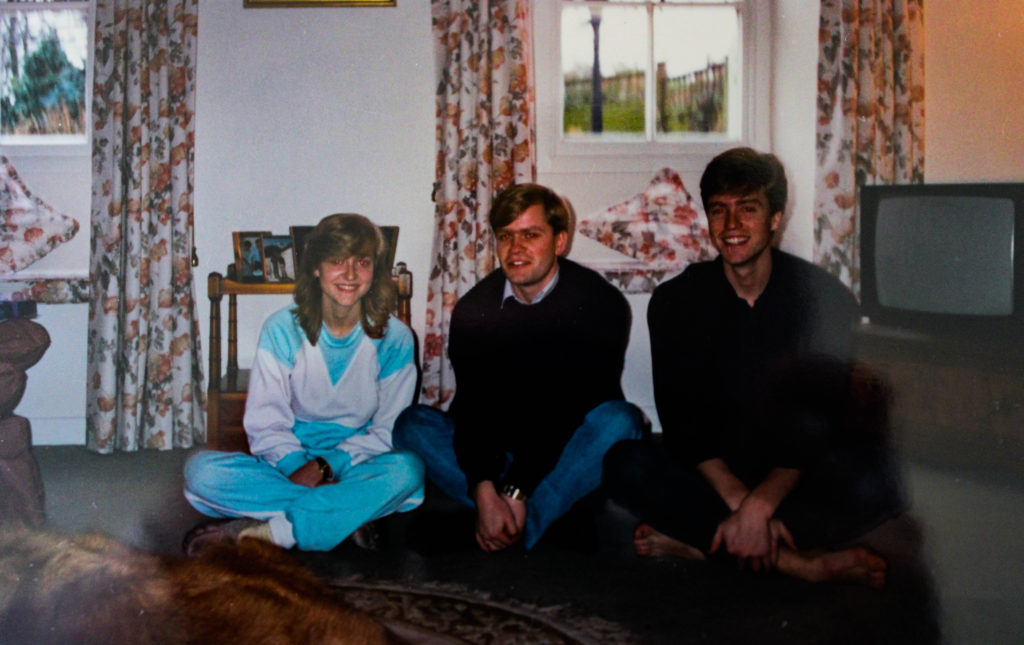
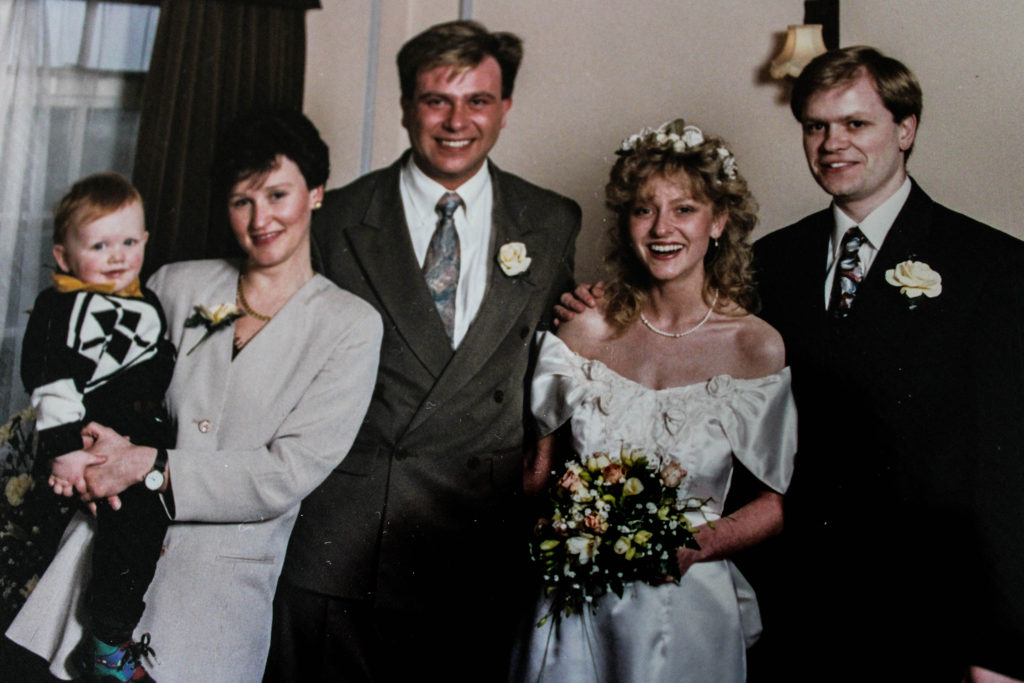
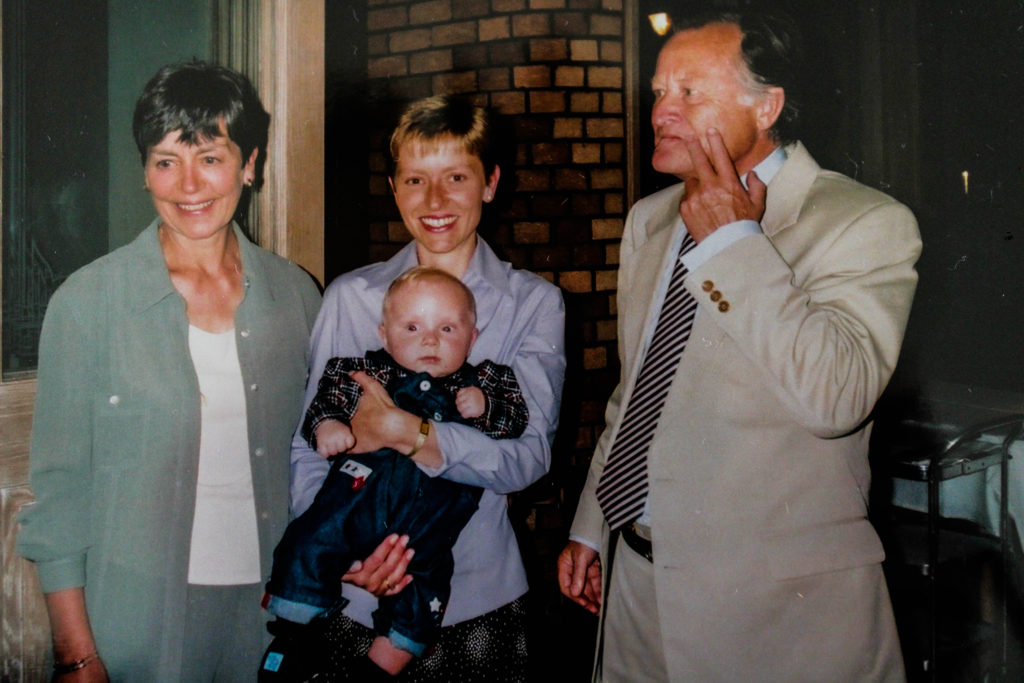
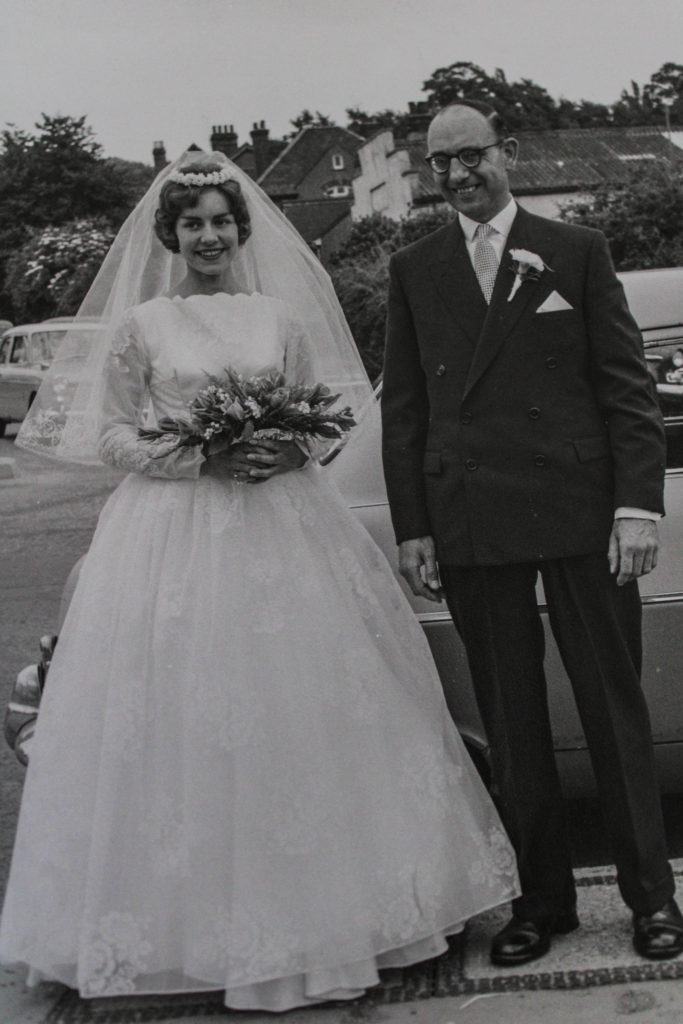
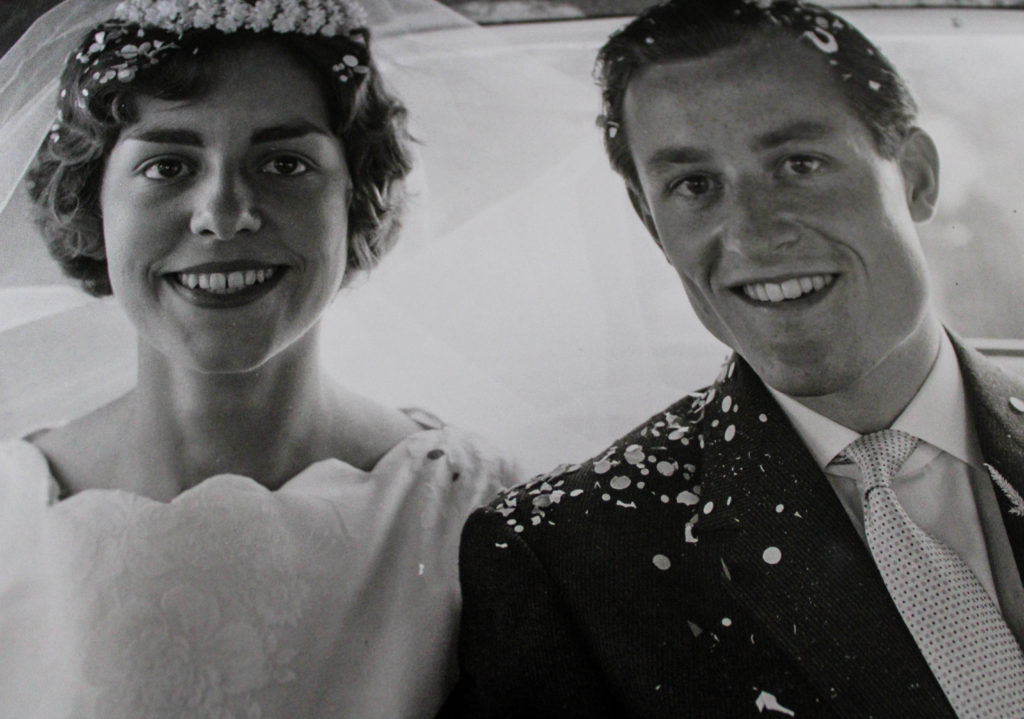
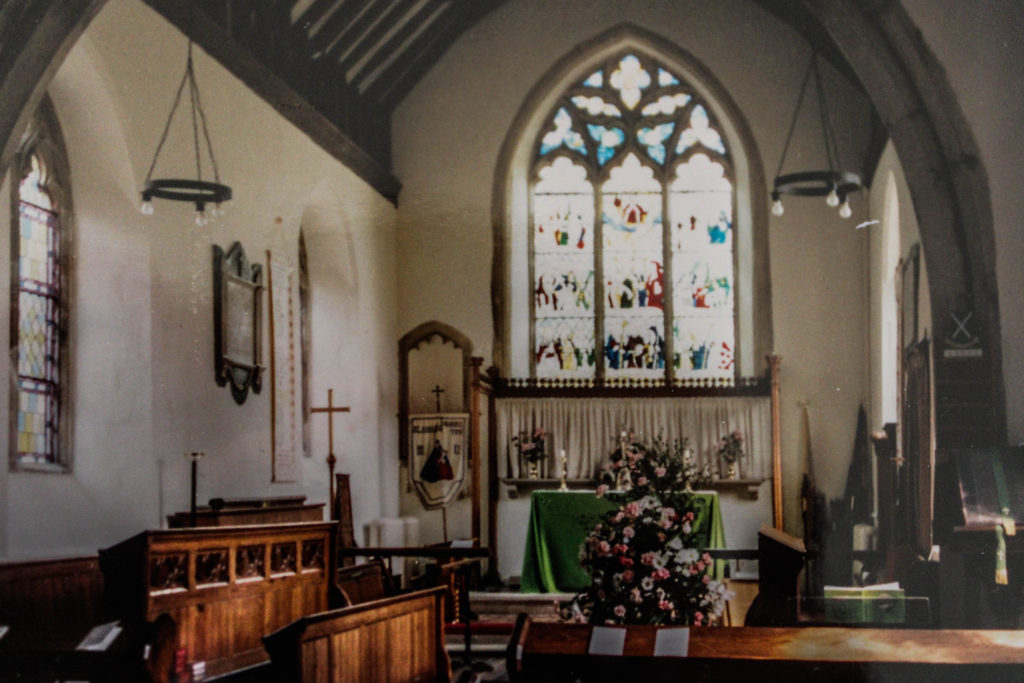
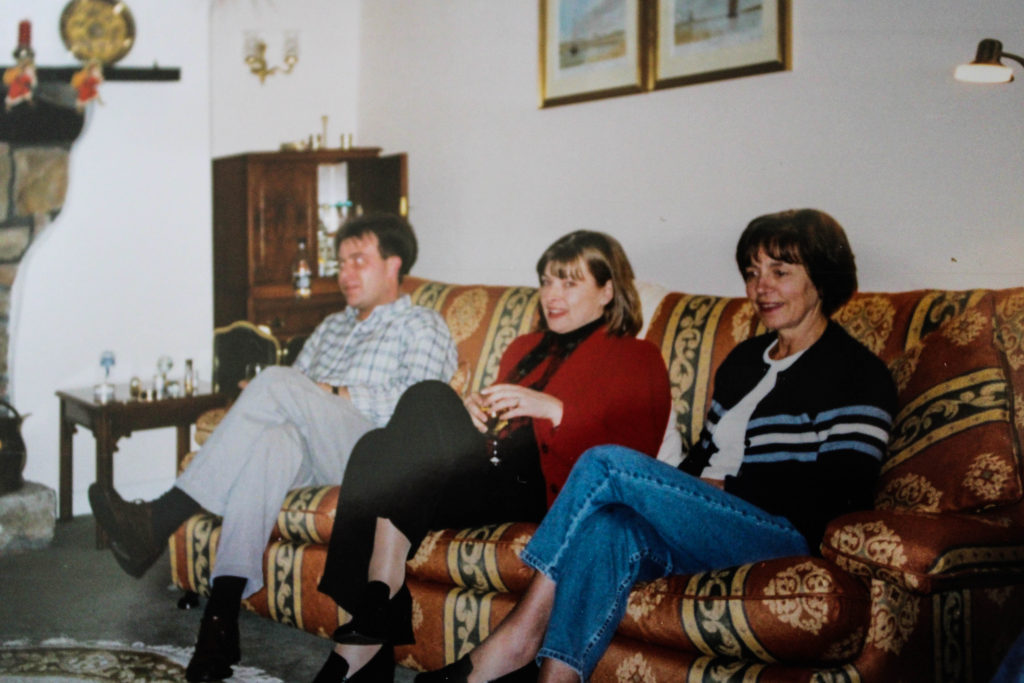
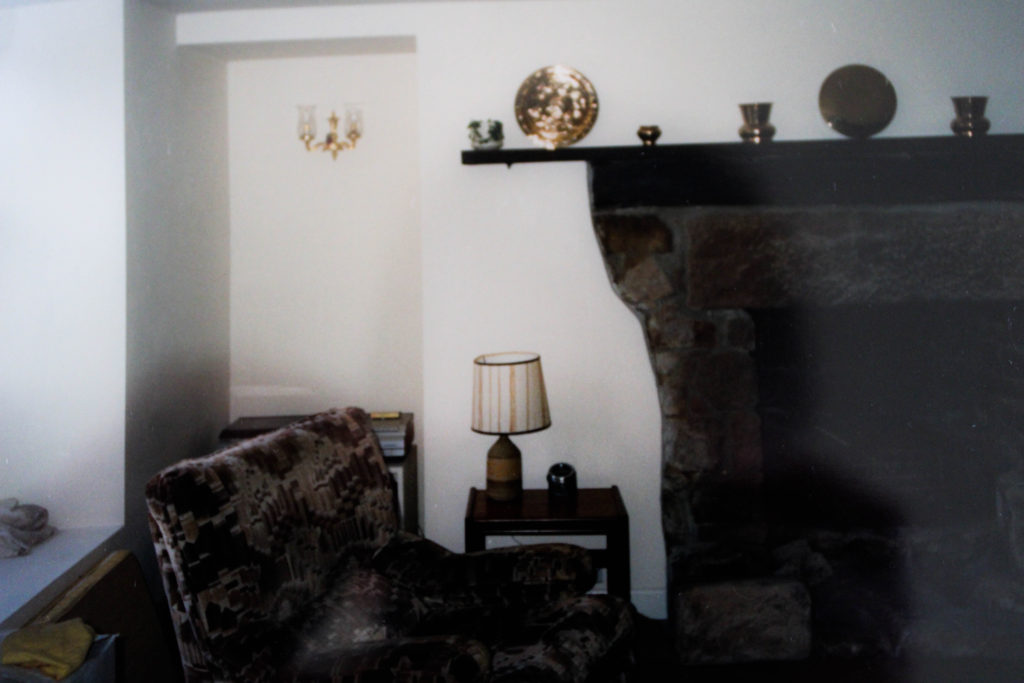
Conclusion:
The imagery I managed to gather from searching through my grandparents photo archive, has given me useful insight into different aspects of their lifestyle. One major aspect I realised was the importance of family, many of their images included pictures of them both with other family members at important occasions such as weddings or christenings. These family events can also be considered religious showcasing another factor which has highly impacted their lifestlye. In addition, my Grandad referred a lot to how he worked hard to make a living for him and his wife, showcasing gender roles within their society and upbringing alongside the ideology of wealth, which is also supported through their attired as they seem to constantly be dressed very formally in every occasion. Due to this I am going to base my next lot of photoshoots exploring these ideas of religion, family gathering, gender roles and wealth through portraits and potential for me to explore their house through exterior and interior photography.

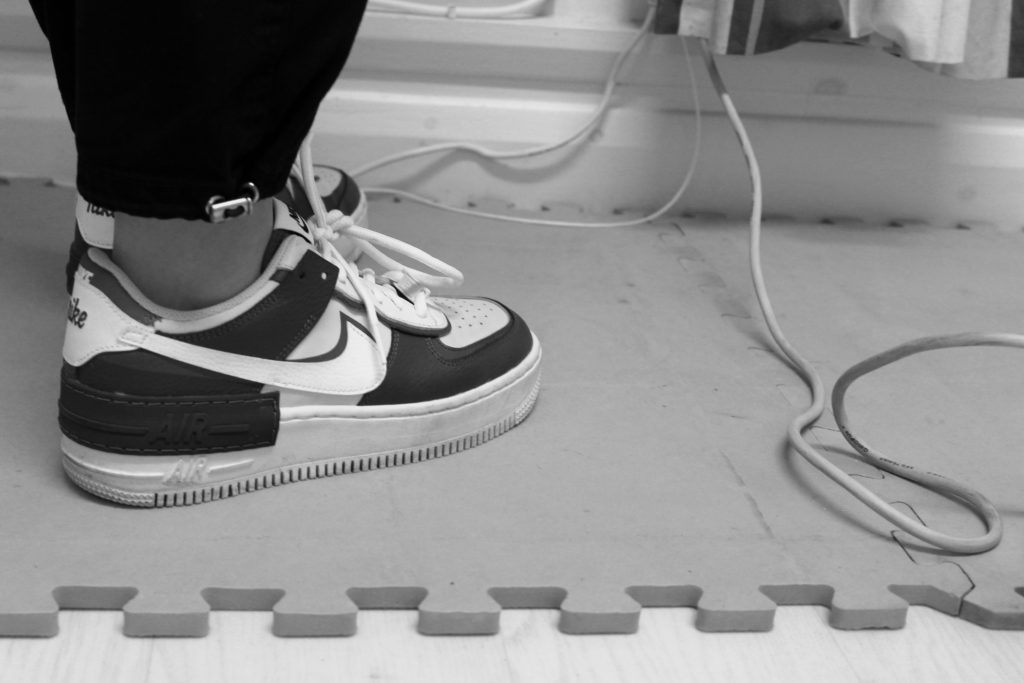

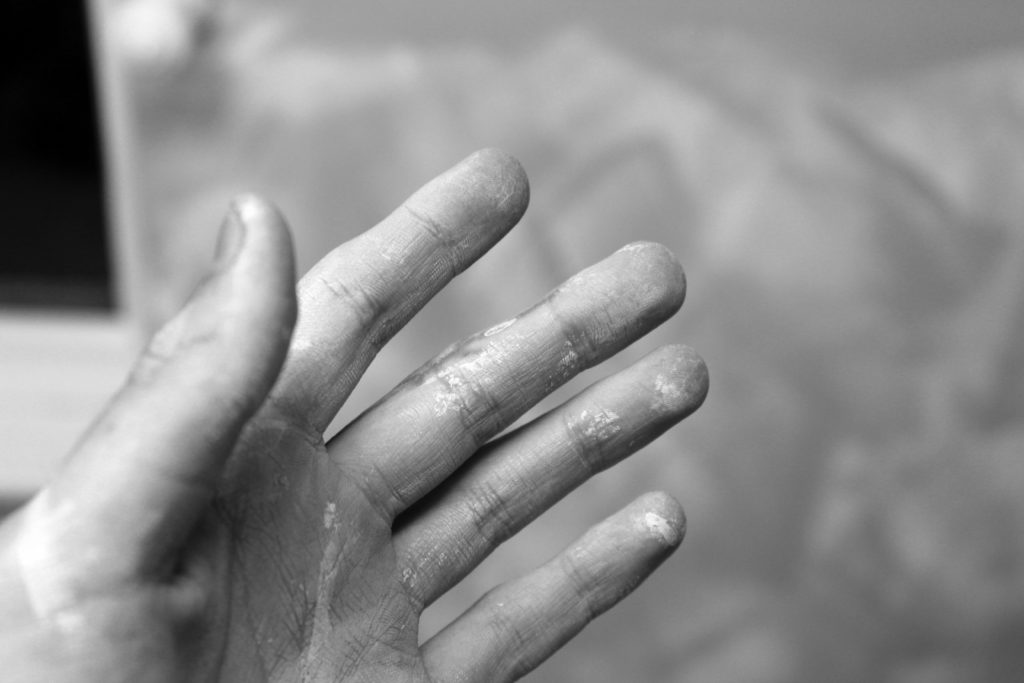
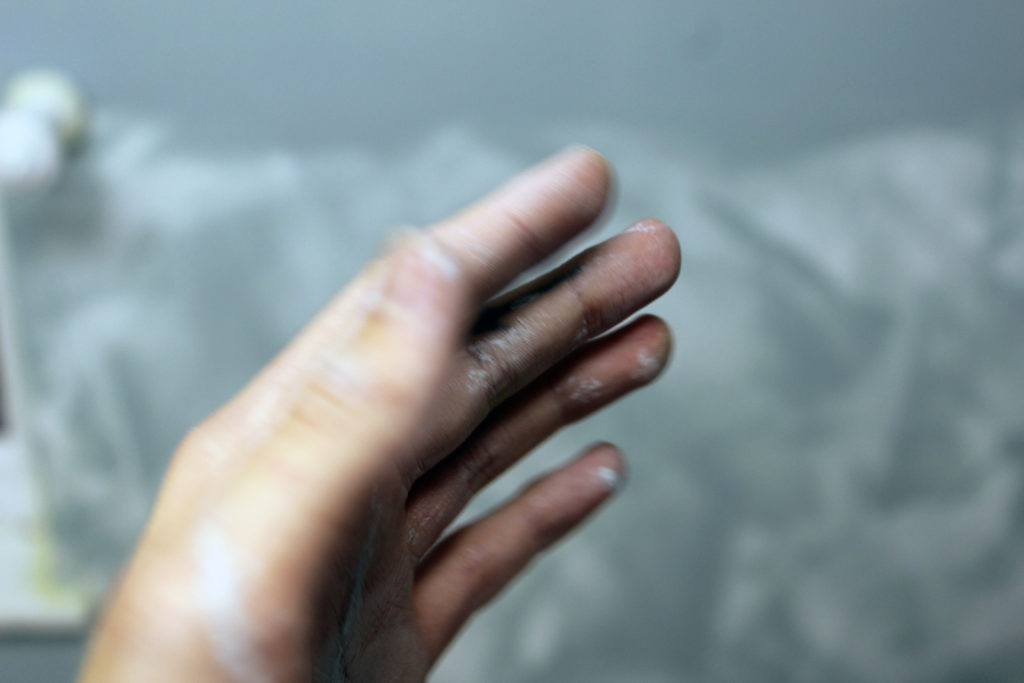
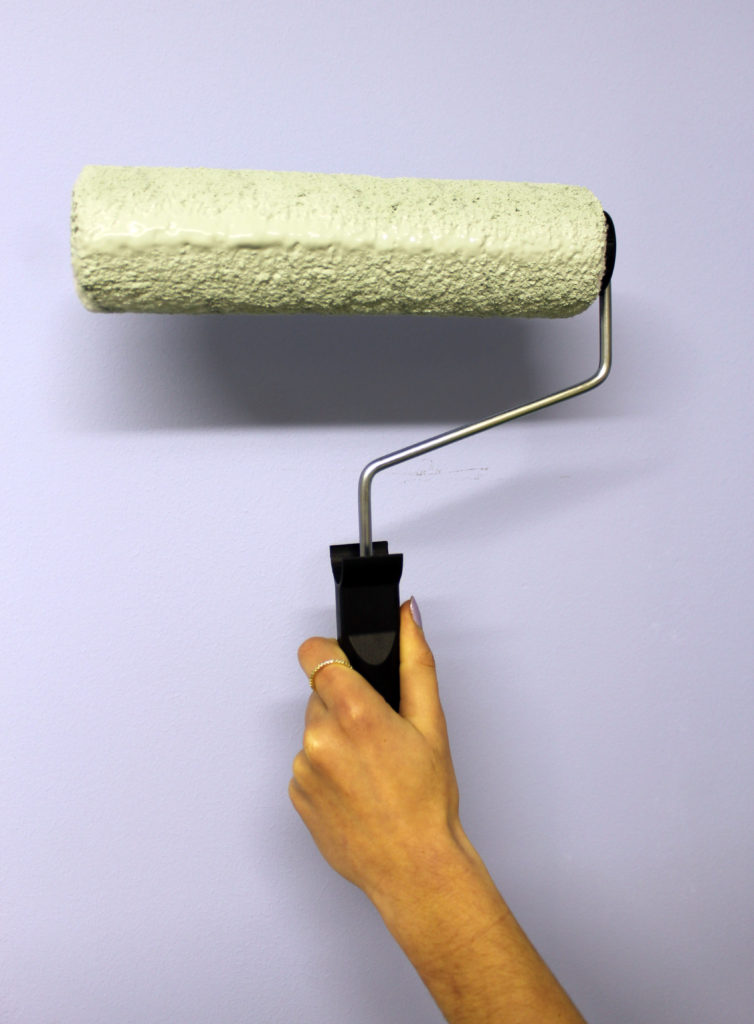
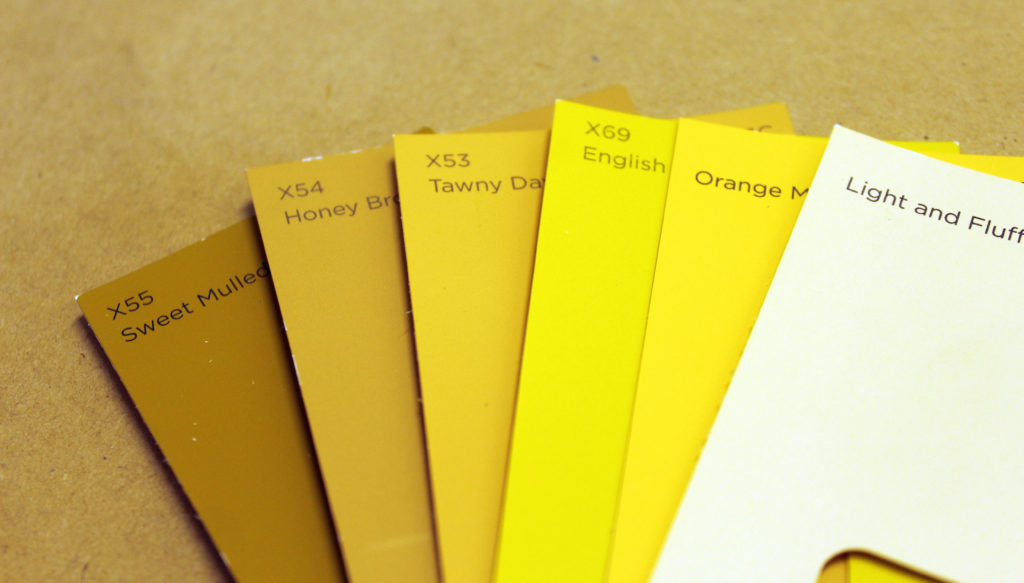

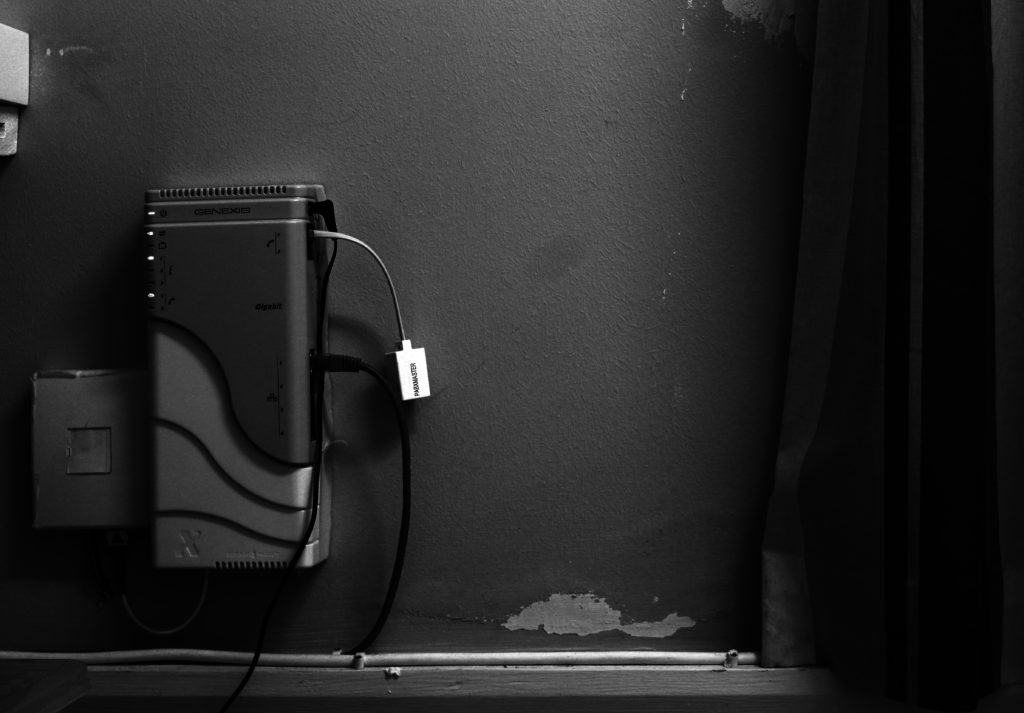
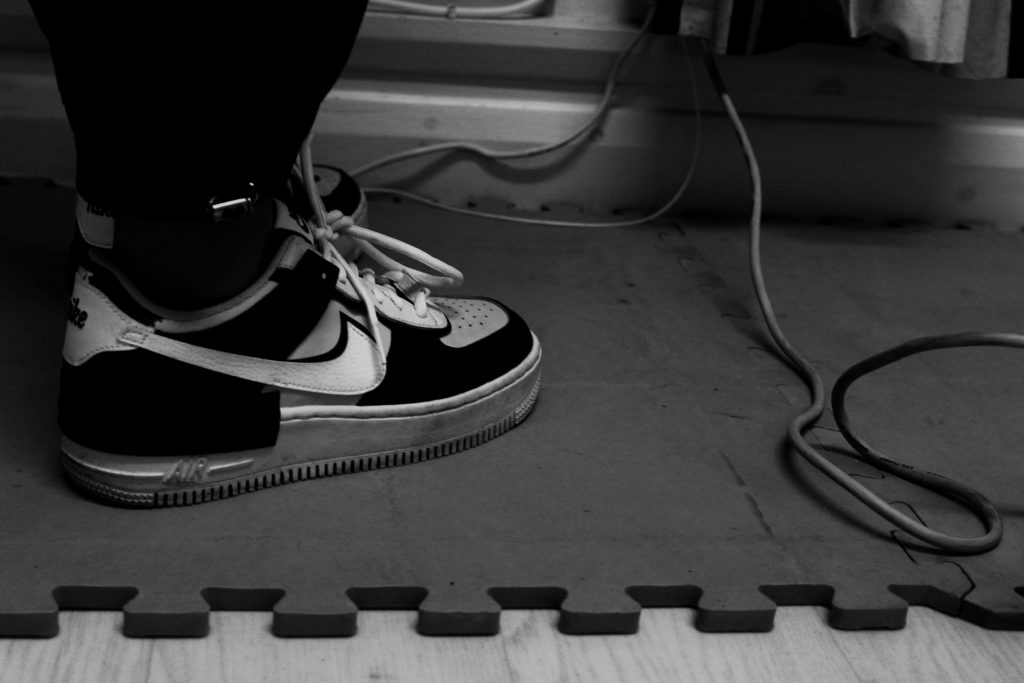
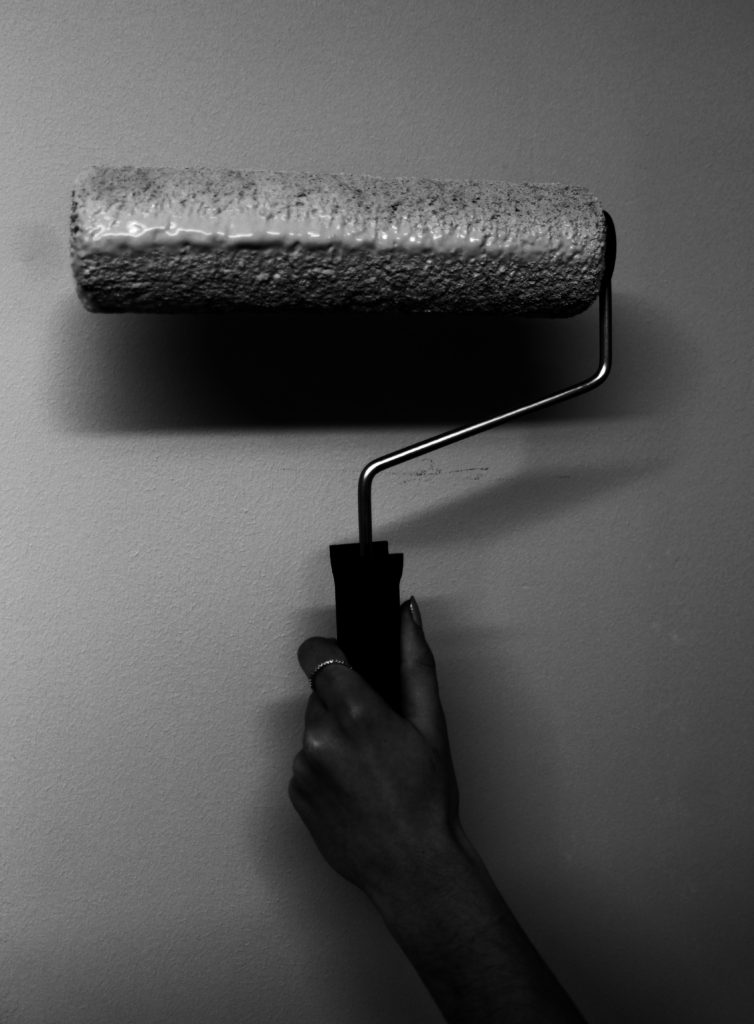
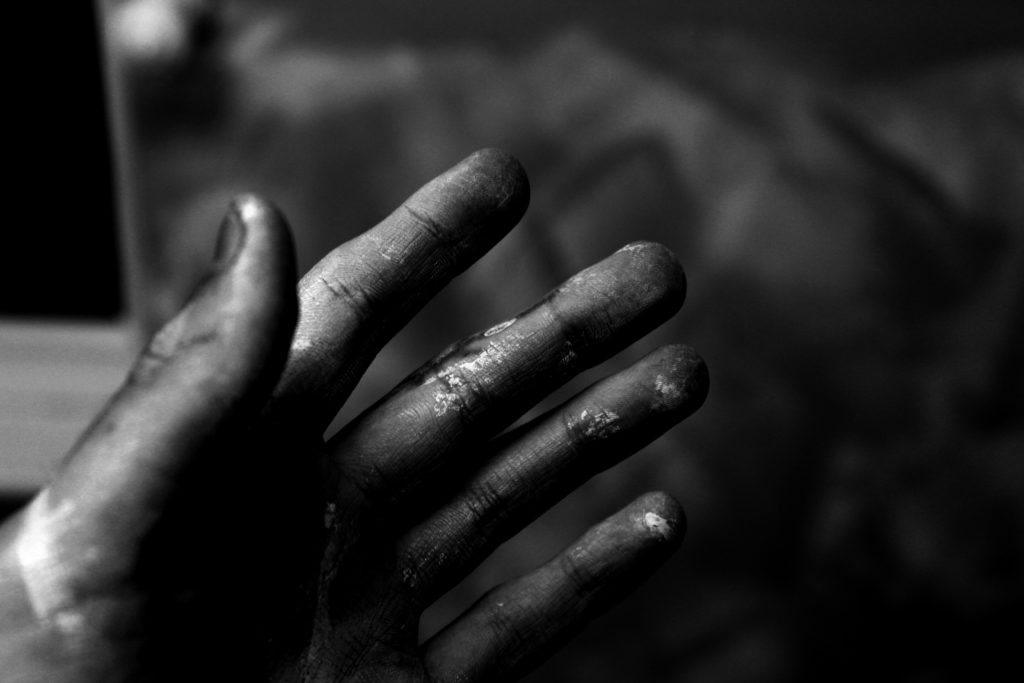
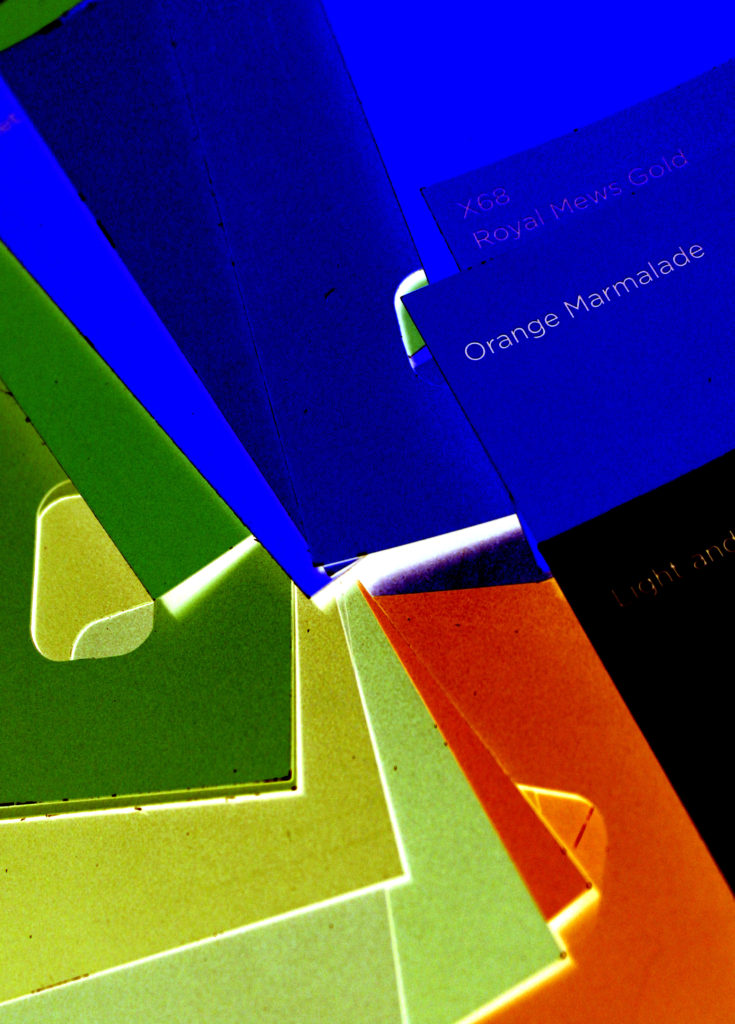
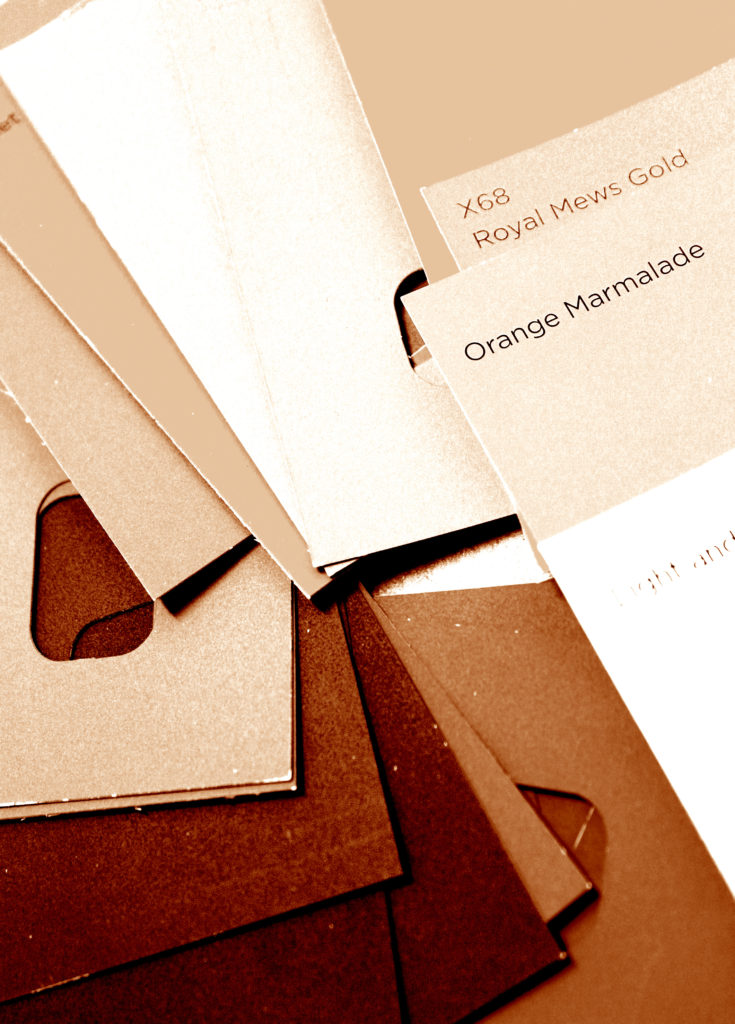
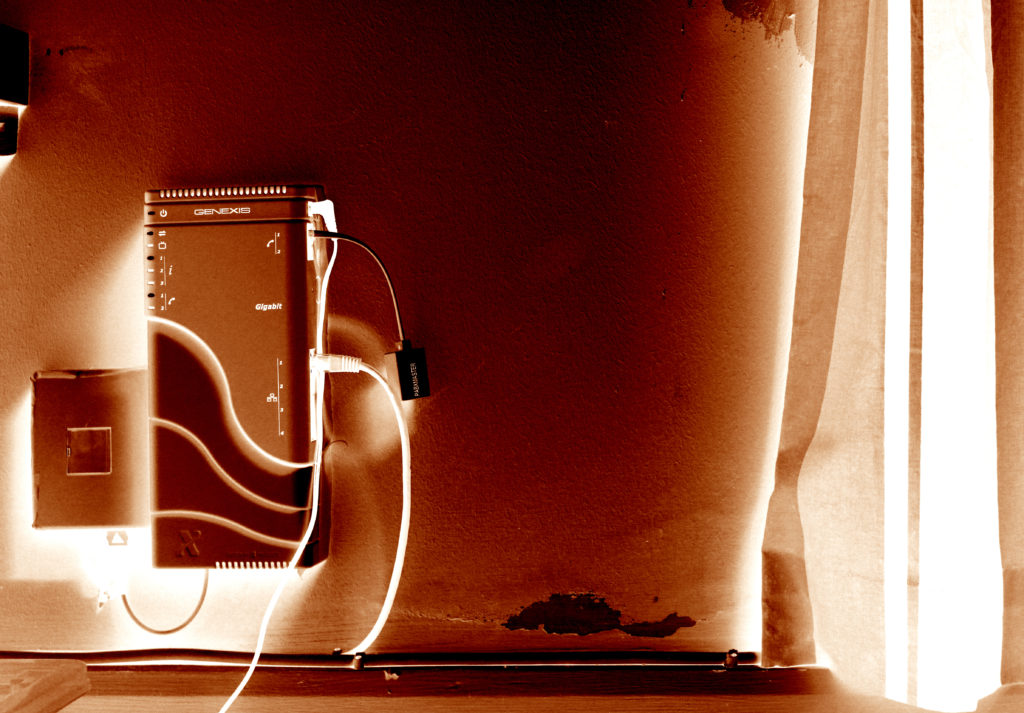
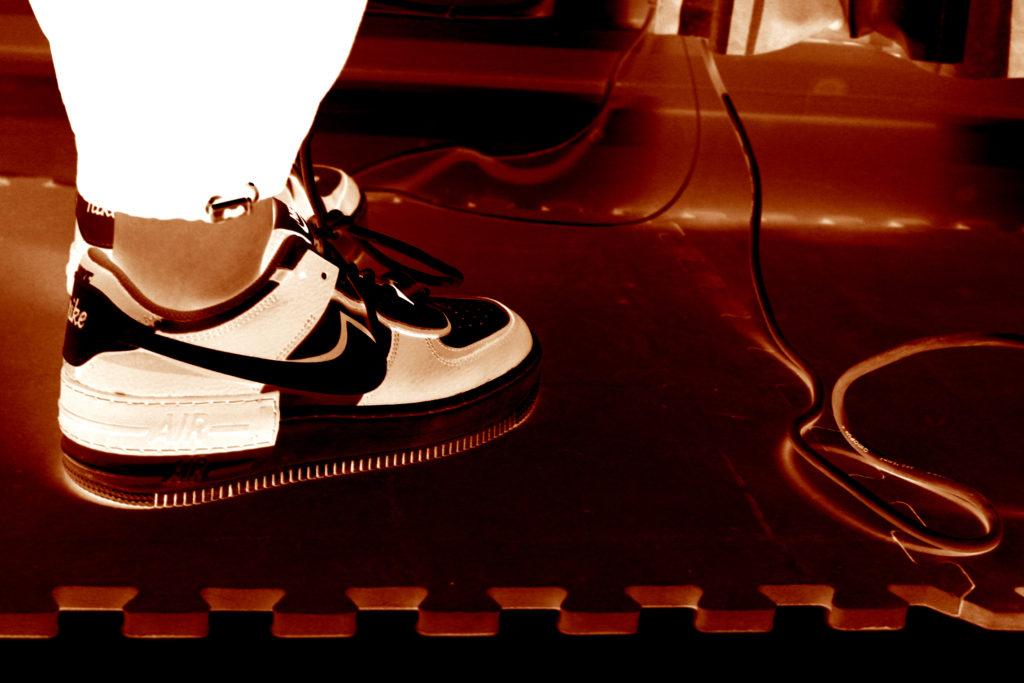
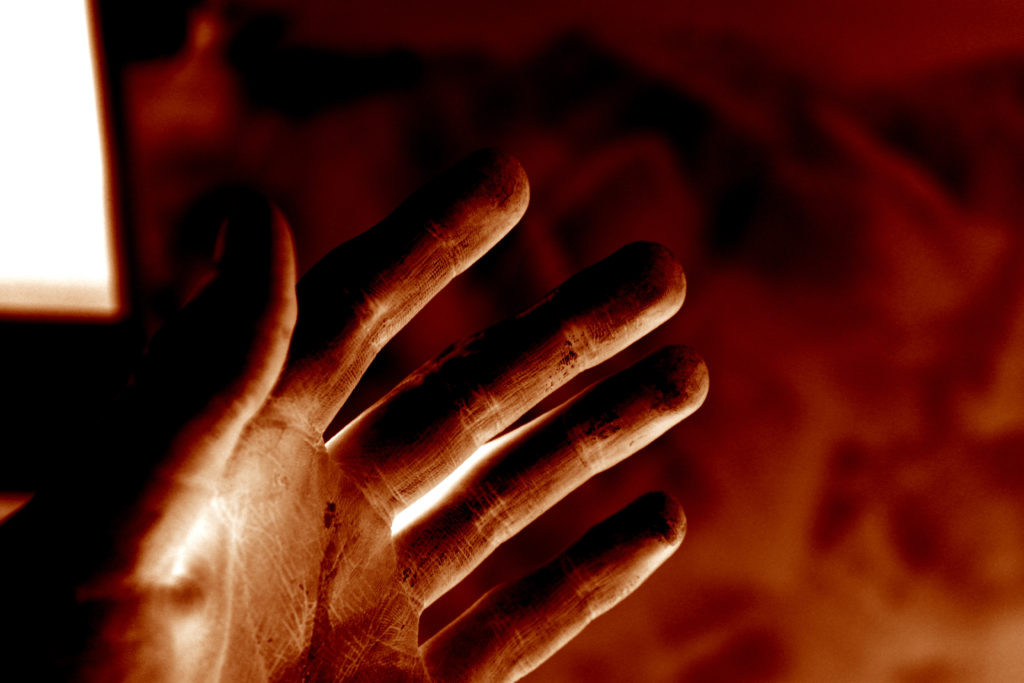
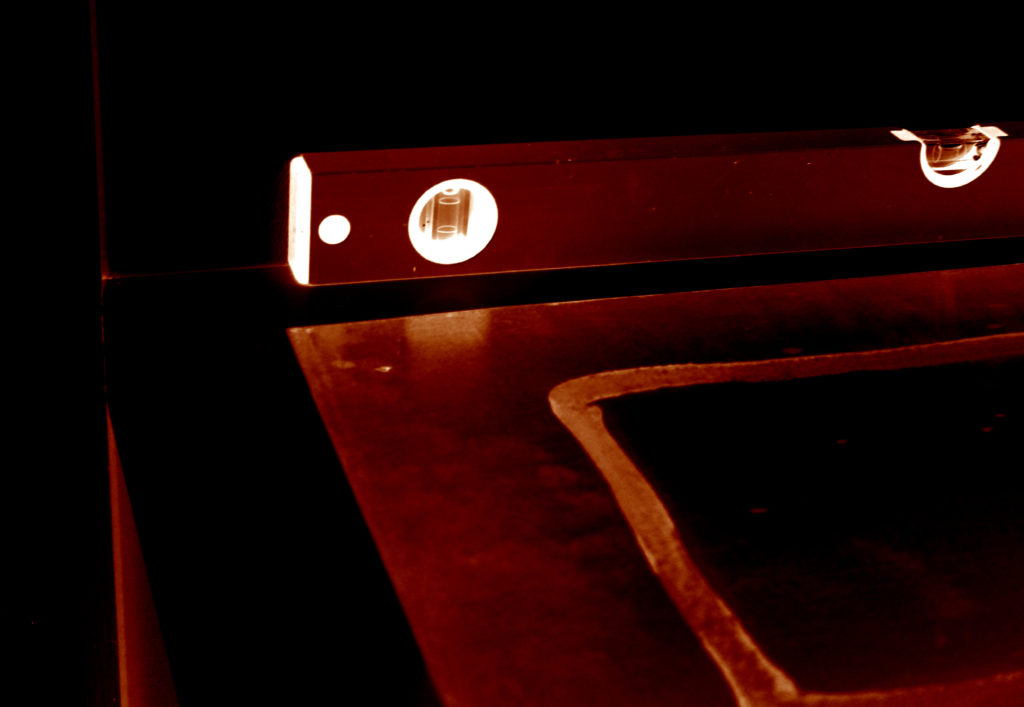
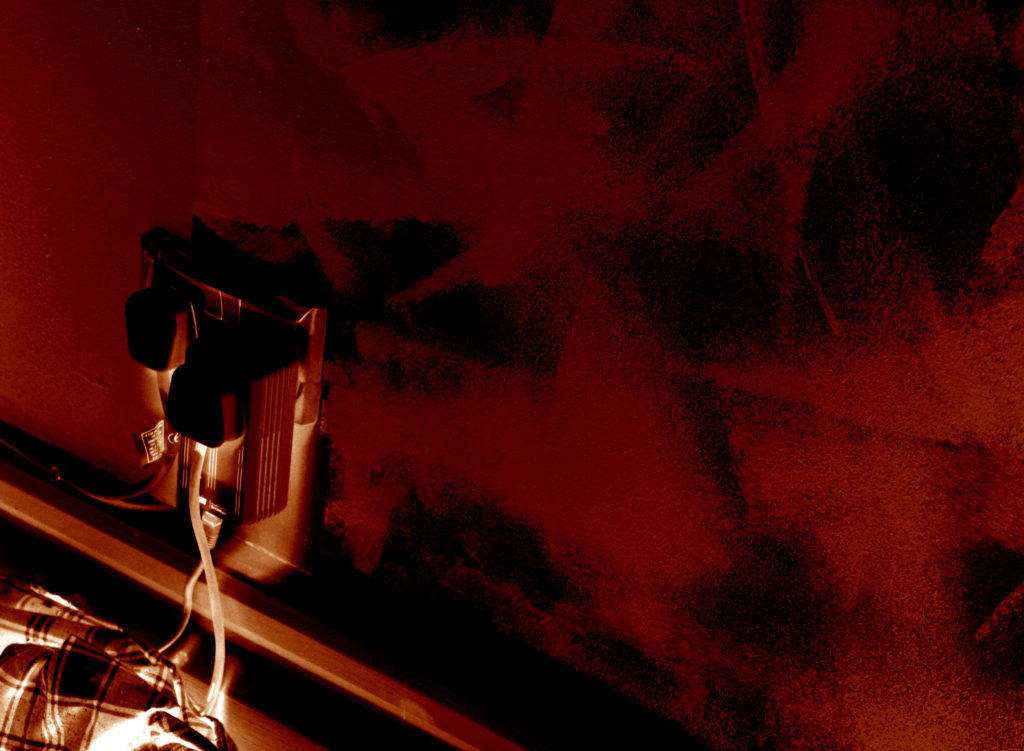
Contact Sheet:
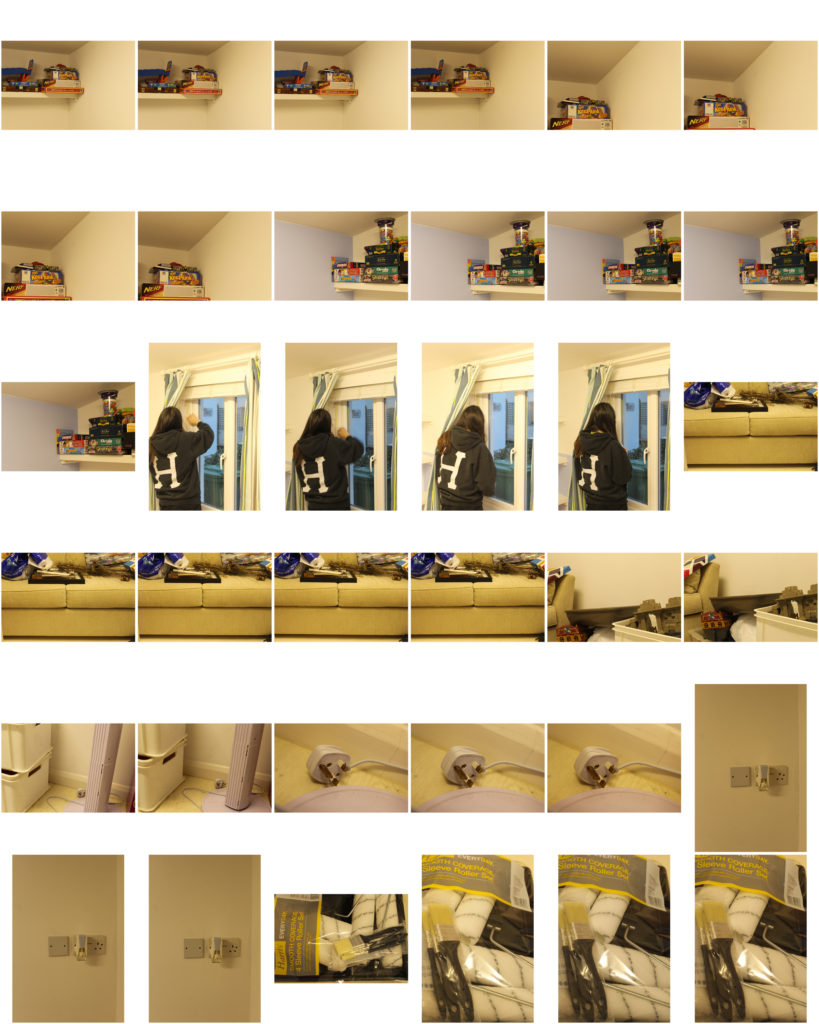

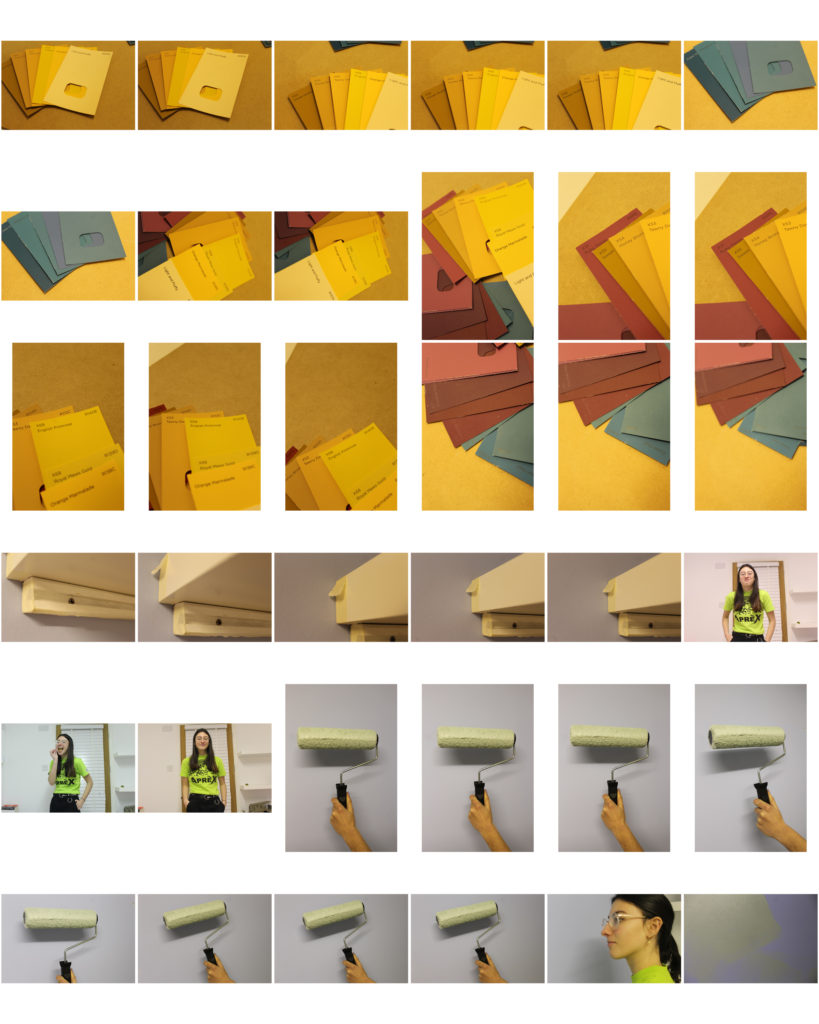
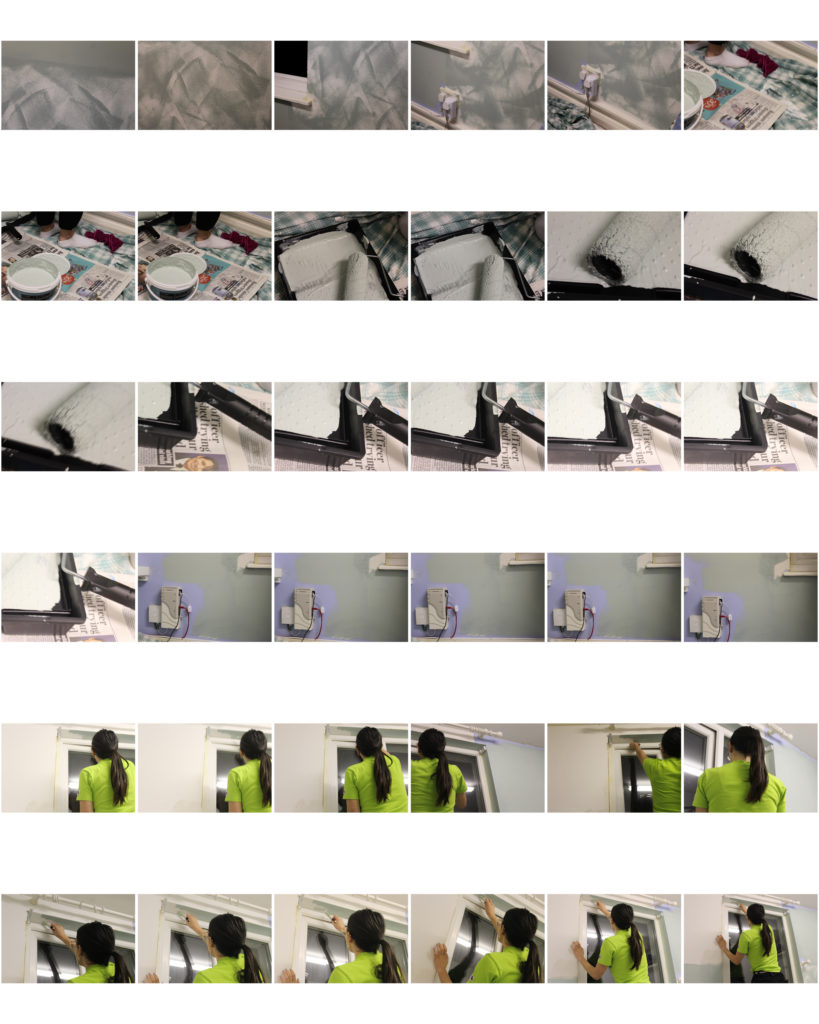
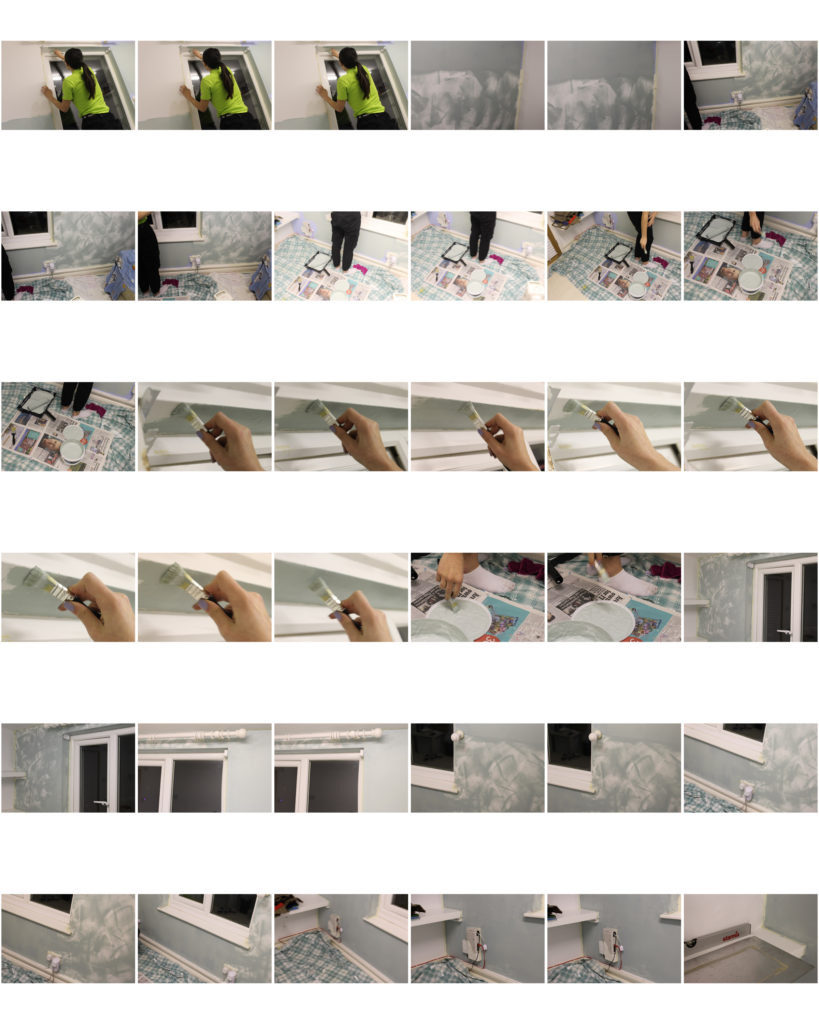
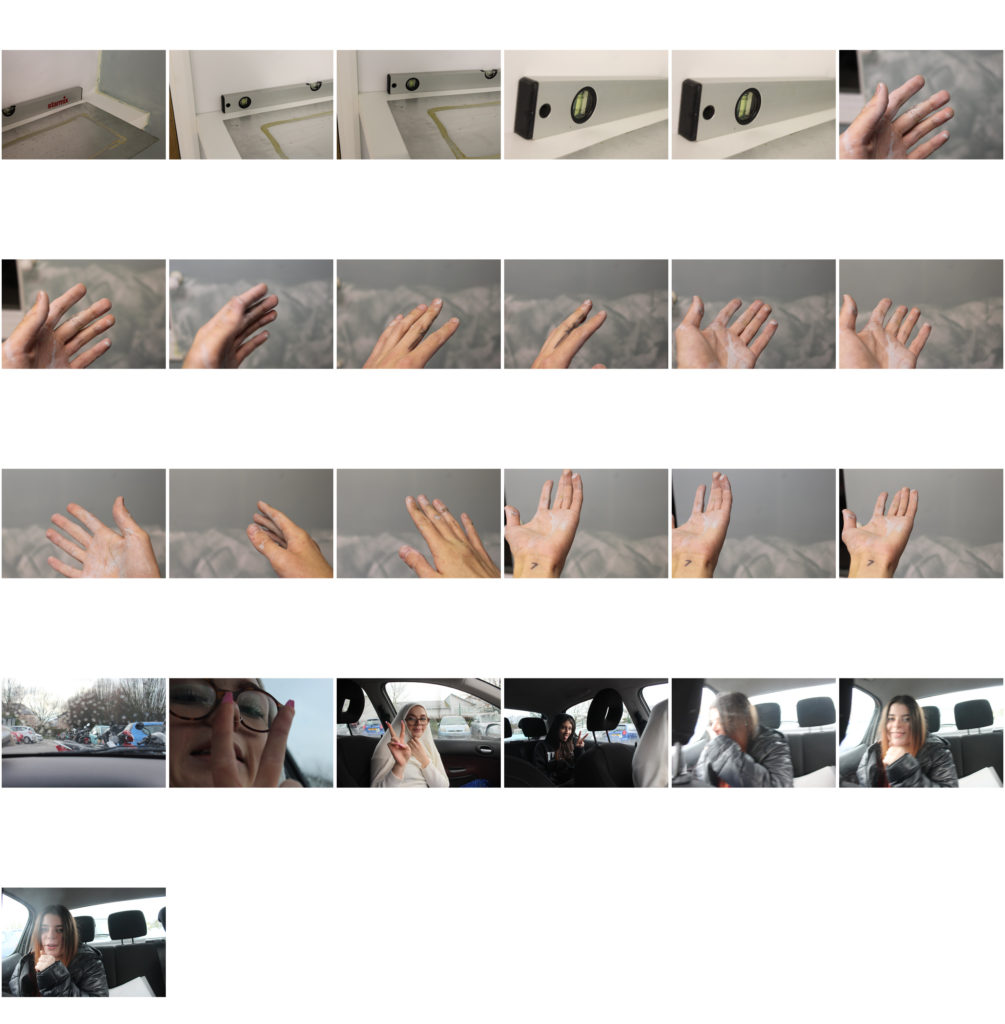
Response 1:


Response 2:


Response 3:


Response 4:


After taking inspiration from my planning mind-map, I was able to take a series of images for my first photo-shoot, revolving around the theme of breaking masculine gender roles, and merging both masculinity and femininity in order to show a liberation from gender stereotypes and roles. Here are my results:
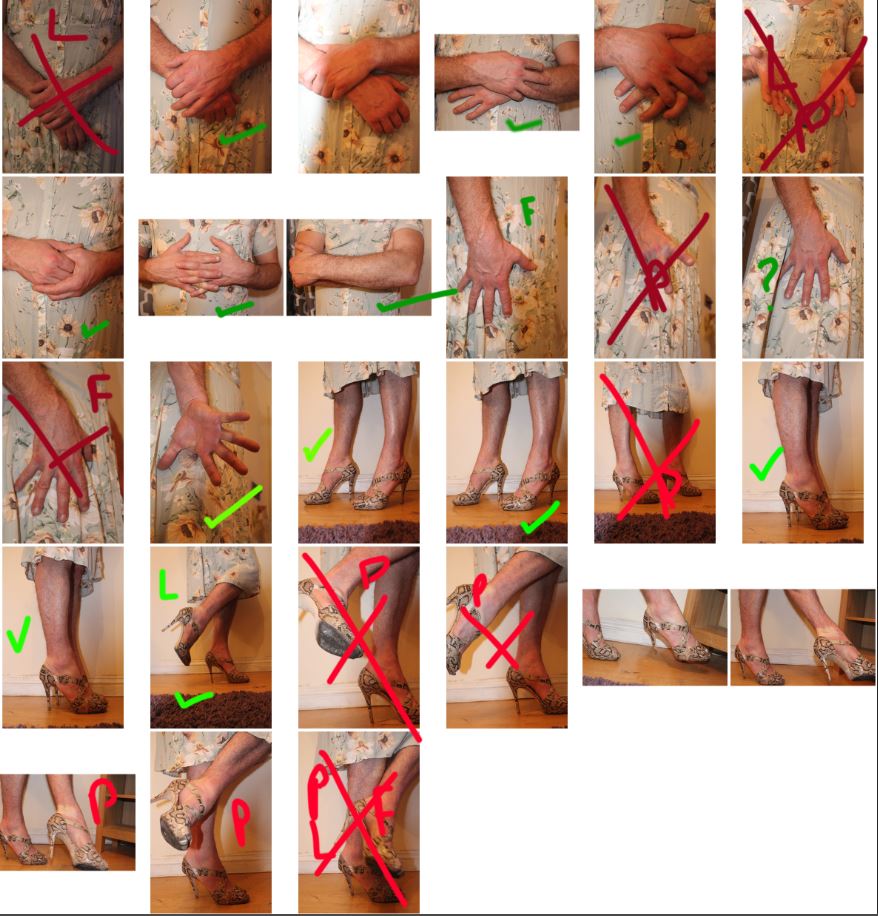
The final images from my selection can be found below:


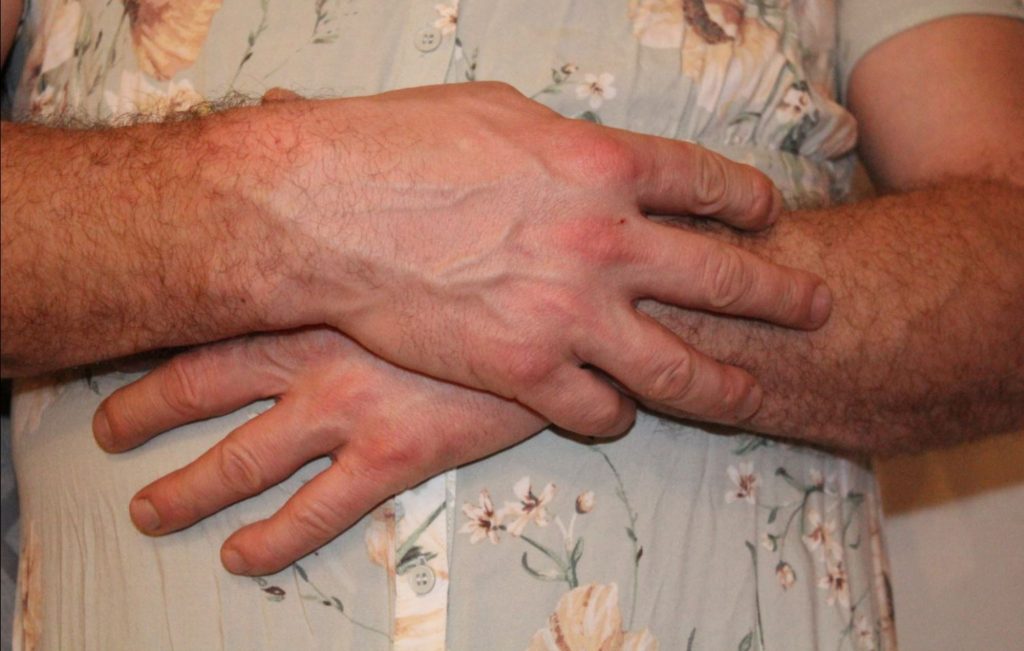











After creating this contact sheet, I was able to using editing software Photoshop to edit the images I decided that I would use. I used different editing techniques on the images in order to show different final results, and made an attempt to enhance the colours and contrast of each image using the editing tools on Photoshop:
I decided to experiment with the hue of some of my images in order to give them an overall more blue/green effect. I did this because I believe that by increasing the presence of this colour, the image takes on a more delicate, soft overall feel, therefore reflecting the feminine side of the image that I am trying to convey.

As well as editing the hue of my images, I also focused on increasing the contrast and altering the colour balance, in order to give the image an overall slightly softer and lighter effect.


After adjusting these settings, I was able to form an outcome of the image below:

In my images, I also took steps to eliminate the background of the subject, or replace it with a colour that made sure to push all focus to the subject themselves, and to remove the background that did not match the context of the image. To do this, I used the eyedropper tool to locate a suitable colour on the background, and used the paint brush to carefully paint around the subject, and fill in the background.
In some of my images, I made attempts to show as much contrast as possible between the light and dark areas of the photo, and in doing so enhanced the shapes and patterns of the subject and their clothing, which I feel helps to draw attention to the parts of the image where there is contrast (masculine legs vs the feminine clothing)

After cutting out the subject from the background, I changed the image to black and white, and increased the contrast drastically. I then altered the colour balance so it sat more towards a blue hue, and therefore the final image is a black and white image with a slight blue tone, giving it a softer, but still stark bold overall look.

The following images are also a collection of my final images from my first photo-shoot, after the editing process:
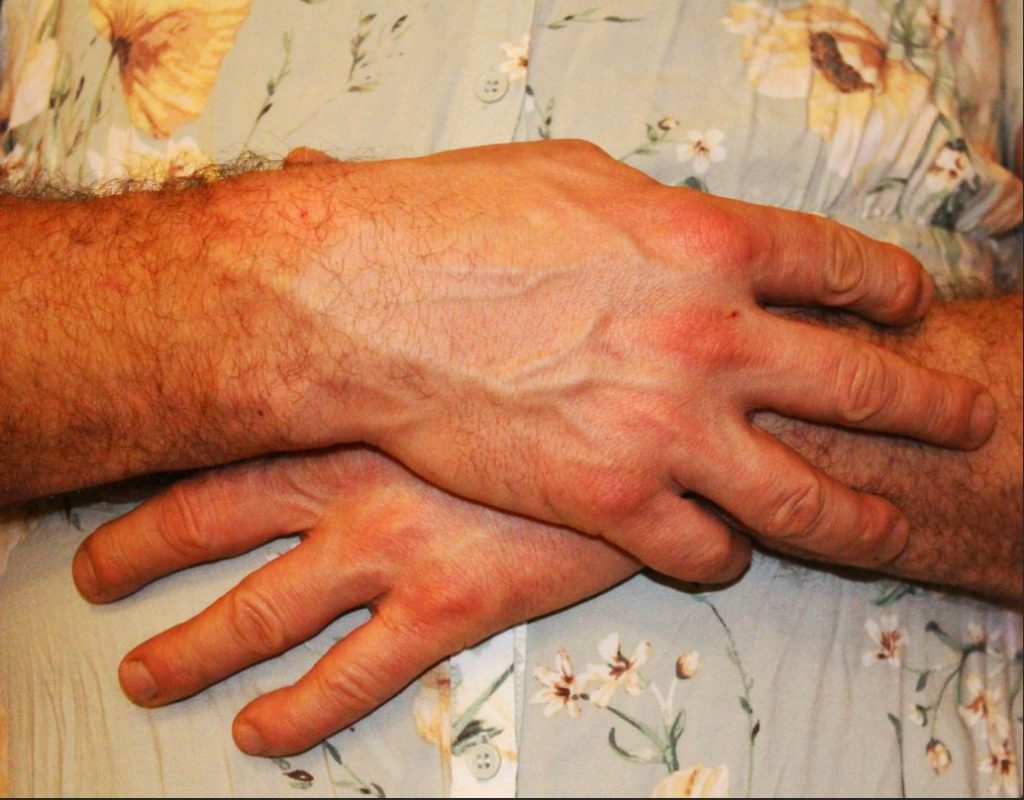








Response 1:


I liked the concept of multiple people in one photo, where the viewer has the freedom to hone in on any subject. Each person in the photo is telling their own story and could be considered the subject if the image. In response I captured head shot photos of friends stood together but each with their own character.
Response 2:
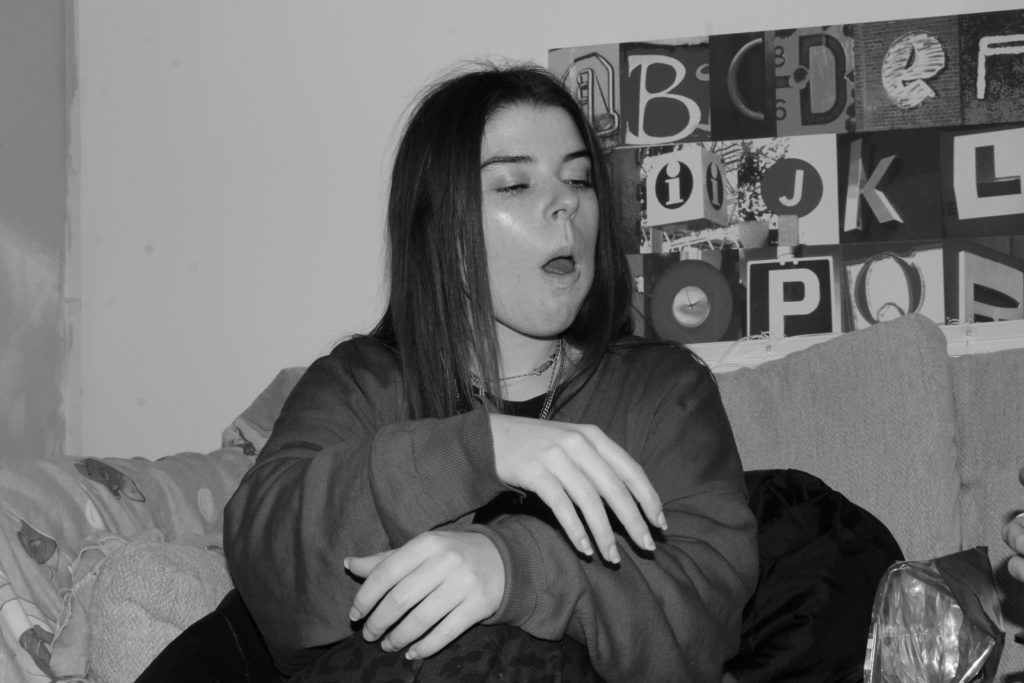
I enjoyed the humour of this image, yet the genuine nature of it. This candid shot embodies a sense of fun and a less serious side to photography, which I recreated by taking candid shots of the subject in a situation where humour and fun was inevitably going to arise and be able to be captured in an image.
Response 3:


This image in another that shows multiple subjects in the frame but the differentiating factor in this image is the fact that the subjects appear at different heights. As well as conveying the activities of the subjects, having this structure helps to bring the image together in a new way. In response I incorporated myself and a friend in the portrait image, showing us both at differing heights, separate in stature, but visibly both important to the image.
Response 4:

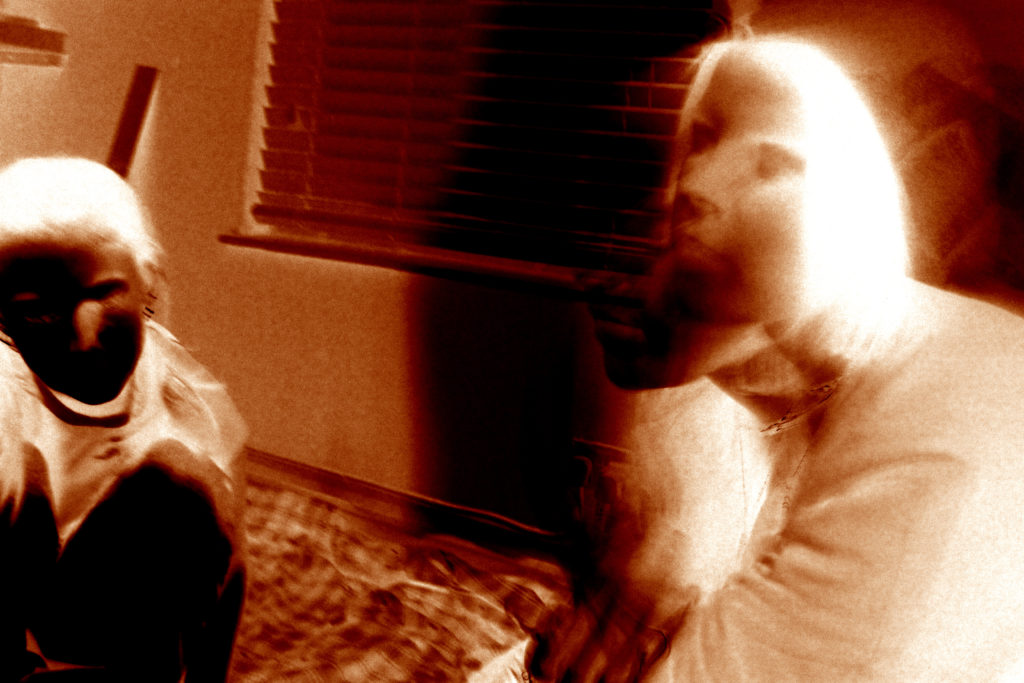
This image is relatively busy. People’s legs can be seen in the background making the only fully visible person in the photograph the focal point of the composition. It is here that a story is being told. The image captures the man’s inebriated state, emphasised through the blurry nature of the image to show the subject’s perspective of the situation. To recreate this I lowered the shutter speed to create a double exposure effect of a moving figure, similarly to Gilden’s piece.
Response 5:

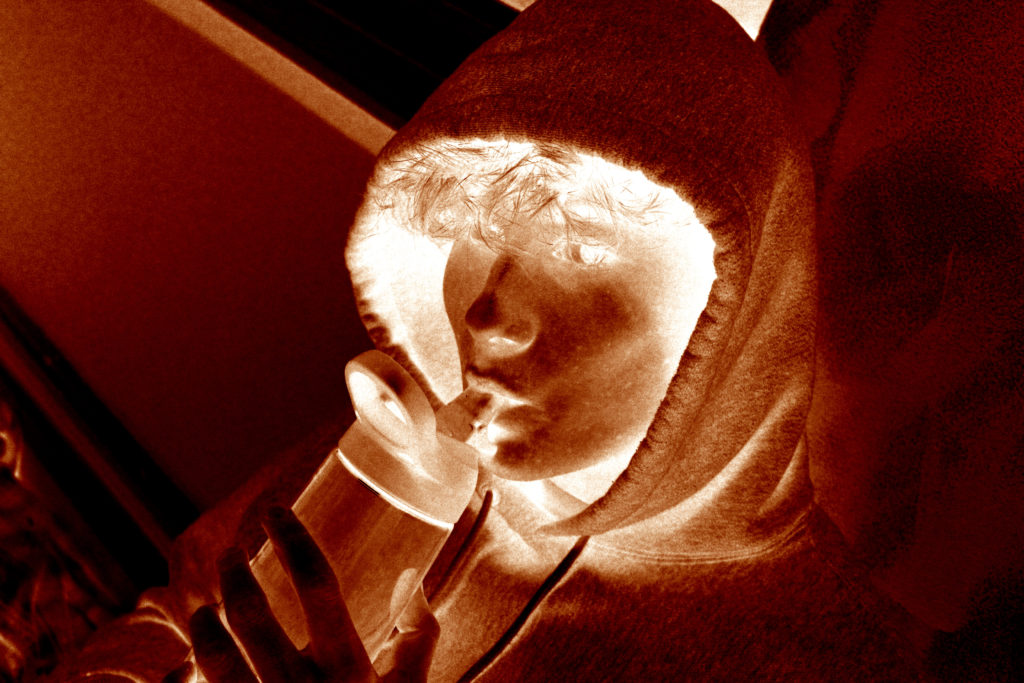
I enjoy the candid nature of this image and fact that the subject is in the middle of an action when the photograph is captured. The photograph is framed by the man cupping the lighter to spark the cigarette in his hands. In response I took candid photographs of the subject as he was drinking from a water bottle, which allowed me to capture the hand holding the bottle clear bottle which almost gives the illusion of reflecting Gilden’s image..
Bruce Gilden:

An Iconic street photographer with a unique style, Bruce Gilden was born in Brooklyn, New York in 1946. He first went to Penn State University but he found his sociology courses too boring for his temperament and he quit college. Gilden briefly went with the idea of being an actor but in 1967, he decided to buy a camera and to become a photographer.
Although he did attend some evening classes at the School of Visual Arts in New York, Bruce Gilden is to be considered substantially a self-taught photographer. Right from childhood, he has always been fascinated by the life on the streets and the complicated and fascinating motion it involves, and this was the spark that inspired his first long-term personal projects, photographing in Coney Island and then during the Mardi Gras in New Orleans.
Over the years he has produced long and detailed photographic projects in New York, Haiti, France , Ireland, India, Russia, Japan and now in America. Since the seventies, his work has been exhibited in museum and art galleries all over the world and is part of many collections. The photographic style of Bruce Gilden is defined by the dynamic accent of his pictures, his special graphic qualities, and his original and direct manner of shooting the faces of passers-by with a flash. Gilden’s powerful images in black and white and now in color have brought the Magnum photographer worldwide fame.

Gilden has received many awards and grants for his work, including:
Bruce Gilden has published 15 monographs of his work, among them:
https://www.magnumphotos.com/photographer/bruce-gilden/
Parts of an interview with Bruce Gilden:
“Do you think of the things you’re photographing as ‘dark’?“
“The world isn’t great, ok? Look what’s going on in the world. from the environment, we’re polluting the world, to terrorism, to everything. Then you have all the governments and the politicians who are all full of shit, they never tell the truth, they’re always promoting what the best deal is for themselves… I mean, come on! So, my pictures are showing that there are problems in this world. I think that the only way you can solve a problem is by confronting it. I’m an optimist.”
In some of your most iconic pictures, one can indeed get the feeling that you can see the soul of the persons you shoot. It seems that what you show is beyond the physical appearance of the subject. Is it the sole goal of your work or just one of its facets for you?
It’s not the sole goal, I don’t think about that really. I put my own soul into it. This is why I can tell you or tell somebody “With all I’ve done, you’re not going to be able to do the same as me. Maybe you’ll do worse, maybe you’ll do better, maybe you’ll do equal.” But the thing is I’ve had a very tough background, emotionally. My parents were pretty strange and I suffered. So I’m putting all of that into my pictures. If you look at the Face (Dewi Lewis – 2015) book, there was a quote by Oscar Wilde that I found two days before printing (interestingly enough, Oscar Wilde and I were born on the same day, October 16): “Every portrait that is painted with feelings is a portrait of the artist, not of the sitter”. So those people are me in some way, shape and form. And I put a lot in. I’m not doing it for anyone, it’s not about money, I just have to do it! Just think now, I’m 69 and yet I’m doing new work. How many photographers at 69 are doing new work? I’m not talking if you are using photography to create in a studio, I’m talking about going out there with people. You would be hard-pressed to find many people at 69 doing good work. That means I’m passionate about it and I compete with myself. Even if I had to stop shooting for three months because of a leg injury but now it’s healed. It’s tough to go out there now and sometimes I question myself. Because once I can’t do it, then I’ll stop. I wanted to do the Face project for 20 years, maybe 30 years, a long time ago. I had an idea to do it and then I found the right camera: the Leica S. But I don’t research, I’m not a researcher for equipment. So I found the right camera and that’s how this came about. For the last few years in New York, I was really bored and I needed to do something differently. I would go out but it was really an effort. I mean, it’s always an effort, but it was really an effort. You have to push yourself. The good photographs make it all worthwhile but who knows when you’re going to get a good photograph? I also should say that with the faces, it’s a lot easier to do good pictures than candid photography because when you combine a lot of stuff in the street, anything can go wrong. The stage set is set for you. In my pictures, people are walking. I’m a perfectionist so I couldn’t feel good about a picture unless it’s very good. Even with the faces, I’ve done those for about two and a half years and they got a lot stronger. I have some good ones from the beginning but as I went further, I saw how much more I could get out of it. It’s a learning process.
Selected quotes:
“The world isn’t great, ok? Look what’s going on in the world. from the environment, we’re polluting the world, to terrorism, to everything.”
“I’ve had a very tough background, emotionally. My parents were pretty strange and I suffered. So I’m putting all of that into my pictures.”
“Every portrait that is painted with feelings is a portrait of the artist, not of the sitter” – Face (Dewi Lewis – 2015) book
Complete Essay Plan:
